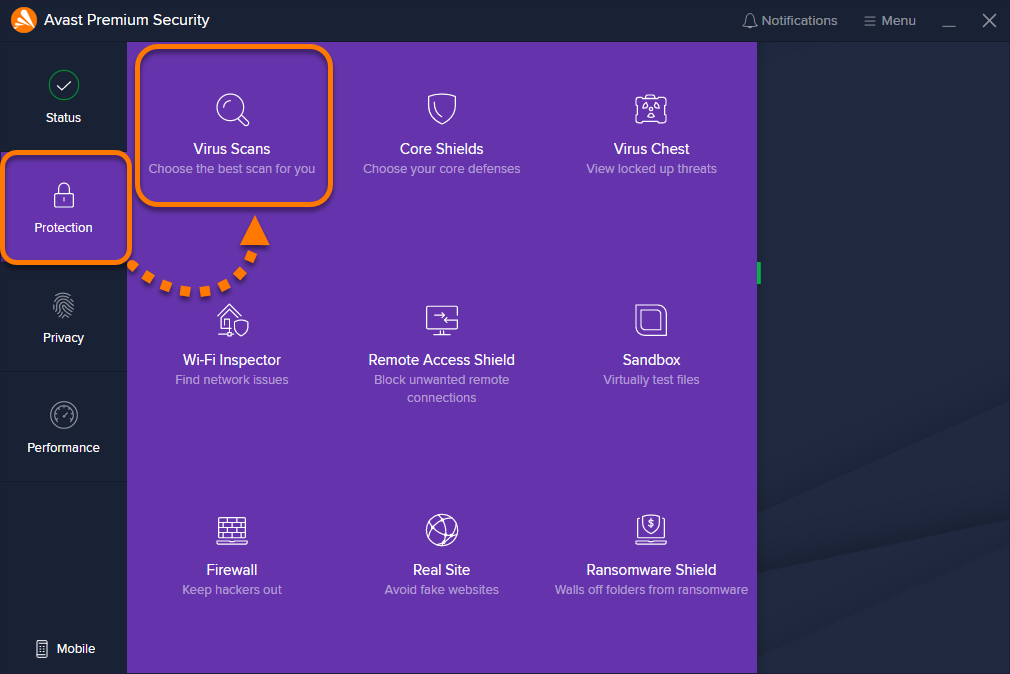

The average Mac user has never seen any malware. A “big spike” of new Mac malware happened in 2012, when 11 new pieces of malware appeared. Examples of malware are backdoors that provide access to the computer, spyware that logs keystrokes and captures pictures with the webcam, ransomware that encrypts the user’s files in order to hold them for ransom, and other such nefarious programs. True malware is malicious in nature-thus the name, malicious soft ware-with the goal of stealing or scamming data or money from the user. Don’t allow yourself to be misled! Fact: There’s not much Mac malware out there

(A better term for this is “ malware.”) Since there definitely is malware for the Mac, as well as a plethora of other threat types, the spirit of the “there are no Mac viruses” claim is completely false. The average person, though, understands a virus to be any kind of malicious software. Viruses have mostly disappeared from the threat landscape. However, by that token, there also aren’t very many Windows viruses these days, either. By this strict definition, there are no Mac viruses. Technically speaking, a virus is malware that spreads by itself, by attaching itself to other files. As with most good myths, though, there’s a slight element of truth.

Most people associate this idea most strongly with the “I’m a Mac/I’m a PC” commercials from a decade ago, such as this one that ran in 2006:
What is a good mac free pup antivirus for osx mac os#
The idea that there are no viruses for the Mac goes back to the beginning of Mac OS X, at the very beginning of this millennium. So how can you tell if the advice you’re reading is fact or fallacy? Read on to find out! Fallacy: Macs don’t get viruses There are many Mac security myths circulating among users.


 0 kommentar(er)
0 kommentar(er)
